The Peculiarities of a Media Narrative Generated by Ukrainian Top Bloggers
https://doi.org/10.17721/2522-1272.2022.80.1
UDC 316.77:004.624
Artem Zakharchenko, PhD (social communications) Doctoral Student, Educational and Scientific Institute of Journalism, Taras Shevchenko National University of Kyiv, Head of Analytical Department of Center for Content Analysis
Corresponding author’s e-mail address: artem.zakh@gmail.com
https://orcid.org/0000-0002-3877-8403
Yuliia Sysoieva, Analyst of Center for Content Analysis
Corresponding author’s e-mail address: sysoyeva2017@gmail.com
https://orcid.org/0000-0002-4196-2447
Hanna Komnatska, Head of Data Processing Department of Center for Content Analysis
Corresponding author’s e-mail address: anna.komnatska@gmail.com
https://orcid.org/0000-0003-2206-5182
ABSTRACT
This paper shows the differences between reception of a media narrative, i.e. a narrative about the current events generated by Ukrainian top bloggers, and a narrative generated by traditional media. The objective of the study is to reveal the structure of media narrative‟s segment formed by top bloggers in the key social media platforms and to identify the differences with similar structures in the traditional media.
The automatic content analysis was used to gather the data about coverage of topics in different communicative spaces; the correlation analysis was used to identify correlations between top bloggers‟ focus on the topic and readers‟ responses on their posts, as well as attention of traditional media and attention of wider social media users to similar topics; the comparison method was used to detect differences between the fixed patterns from the same patterns in traditional media.
The study shows that the audience‟s attention of top bloggers is formed by the principles that are entirely different from those in traditional media. While in both communicative spaces the readers‟ attention is defined by serial-structured media narrative, in the case of traditional media it is “serials” in fact: the reader first of all tracks “long” plotlines that are lasted for months and longer. In contrast of blog space, a reader tracks a media narrative in the format of “series”, focusing mainly on the short, event-based topics. This finding is important because this may indicate the specificity of media consumption of those part of audience that obtains the news just from social media. They more often consume information in fragments, focusing on debates related to the current topics without awareness of duration of political and economic processes, therefore it is easier to manipulate such an audience.
KEYWORDS: media narrative; top bloggers; Ukrainian information space; serials; social media.

